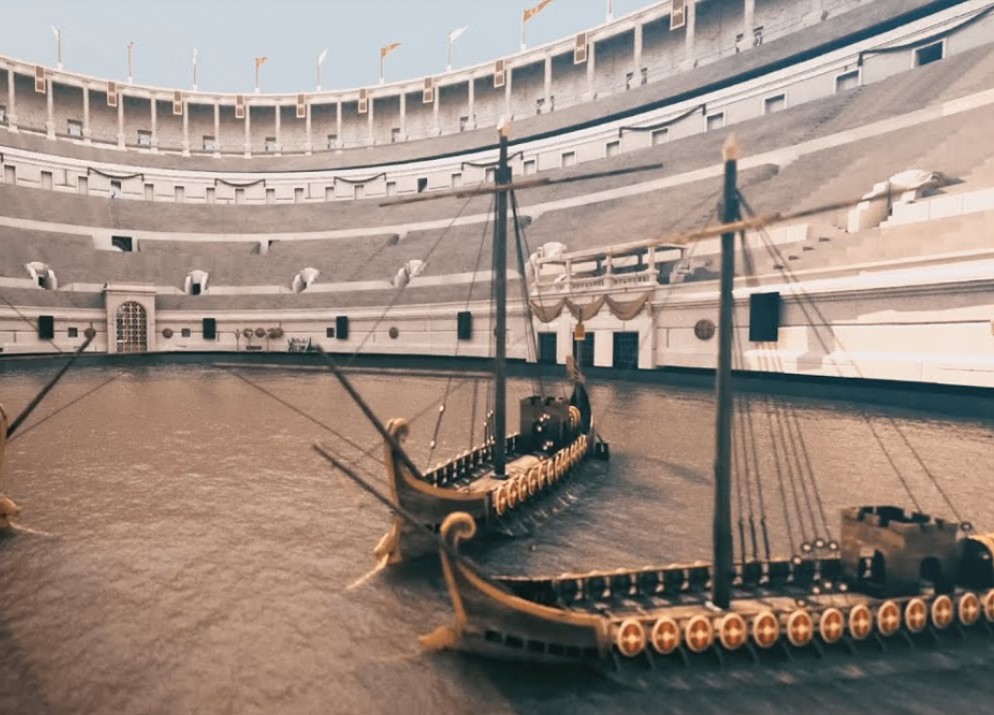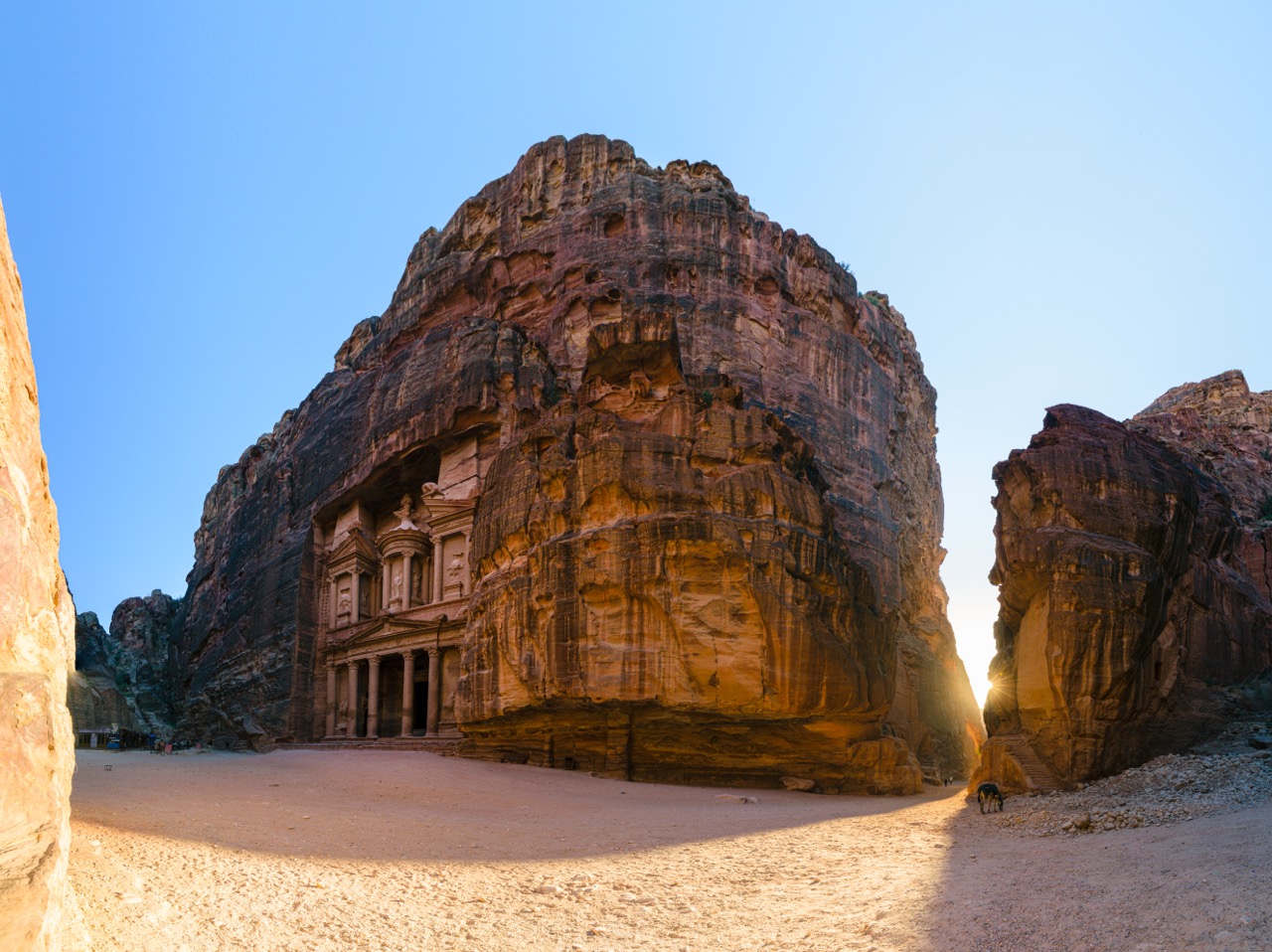The timeline and pathways of early human migration into and across the Pacific have long been subjects of intense scholarly debate. Due to the challenges of precise dating, the exact period and routes taken by early humans as they moved into the Pacific region have remained elusive.
One of the most significant early human sites in northern Australia is the Madjedbebe rock shelter, which has been dated to approximately 65,000 to 60,000 years ago. To reach this area, early Homo sapiens would have needed to traverse the Wallacea Islands before arriving at Sahul, the ancient landmass that connected New Guinea and Australia during the Pleistocene era. However, archaeological evidence along this southern route has only indicated human presence dating back to around 44,000 years ago.
This discrepancy in dates has led some archaeologists to question the accuracy of the early Australian findings, suggesting that human arrival in Sahul might have occurred much later, likely after 50,000 years ago.
A groundbreaking study led by Dr. Dylan Gaffney, an archaeologist, and his team of international researchers, published in the journal Antiquity, has provided compelling evidence that humans arrived in the Pacific region over 50,000 years ago.
The discovery was made in Mololo Cave on Waigeo Island, where researchers uncovered a tree resin artifact dating back to approximately 55,000 to 50,000 years ago. The artifact, created by extracting hardened sap from a tree, offers critical insights into the migration patterns and adaptive strategies of early Homo sapiens as they journeyed through these islands. It also sheds light on the possible routes they took and the challenges they faced in adapting to new environments.
The method of resin extraction observed in this artifact is strikingly similar to techniques documented in ethnographic accounts of the Waigeo people. Although the exact purpose of the resin remains unknown, it is believed that it may have been used for various practical purposes, such as fueling fires, constructing boats, or hafting stone tools.
Dr. Gaffney emphasized the significance of this find, stating, “The resin from Mololo demonstrates sophisticated technological processes developed by people adapting to rainforest environments, where resin-producing trees are found. This discovery enhances our understanding of the adaptability and innovation of early human foragers during the Pleistocene.”
The evidence suggests that Homo sapiens likely reached Waigeo Island by watercraft around 50,000 years ago when the distance between Waigeo and Sahul was relatively short—on average, 5 to 6 kilometers, with the narrowest point being only 2.5 kilometers wide.
Dr. Gaffney explained that this conclusion was supported by seafaring models. “We used computer simulations of Pleistocene sea currents to estimate how long it would have taken to travel between these islands. Our findings indicate a high likelihood of success for early seafarers attempting to cross these water gaps, and that skilled navigators would have accomplished this with relative ease.”
In addition to the resin artifact, the excavation at Mololo Cave revealed other artifacts that provide valuable insights into the survival strategies and capabilities of these early humans. The fauna found in the cave includes a mix of naturally accumulated and human-hunted remains, suggesting that early humans were proficient hunters who could exploit the resources of these tropical forest environments.
Dr. Gaffney noted that “some of the smaller bones, such as those of rodents and microbats, likely accumulated naturally. However, the remains of larger animals, including terrestrial birds, marsupials, and megabats, are more likely the result of human hunting activities.”
Marine remains, including the teeth of fast-swimming carnivorous fish and sea urchins, were also discovered. These marine resources would have been brought from the coast, located about 15 kilometers away, to the cave for processing.
These findings challenge the notion that early humans traveling along the northern route to Sahul primarily relied on marine resources, as has been suggested for the southern route. Instead, the evidence points to a more diverse diet that included both marine and terrestrial resources.
Although only a few lithic artifacts were recovered from Mololo Cave, and none of them date precisely to the Late Pleistocene when the resin artifact was made, the scarcity of stone tools is consistent with other sites in northeastern Wallacea and northwestern New Guinea, where many tools were likely made from organic materials.
Despite the limited number of artifacts, the findings from Mololo Cave offer crucial insights into the early human occupation along the northern route to Sahul. While the assemblage is most likely attributed to Homo sapiens, it is also possible, based on genetic evidence, that individuals with Denisovan ancestry may have been among those migrating along this route.
Further research is needed to clarify the timing and movement of these early human populations, not just at Mololo but across the broader region.
Dr. Gaffney stated, “We are already undertaking further research in the Raja Ampat islands. Despite the challenges of working in these rainforest environments, there is significant potential to greatly enhance our understanding of the human past in this area.”
I am the Librarian, and I, together with the guardians of the Ancient Library, curate content for this site. Welcome, and enjoy your stay.





